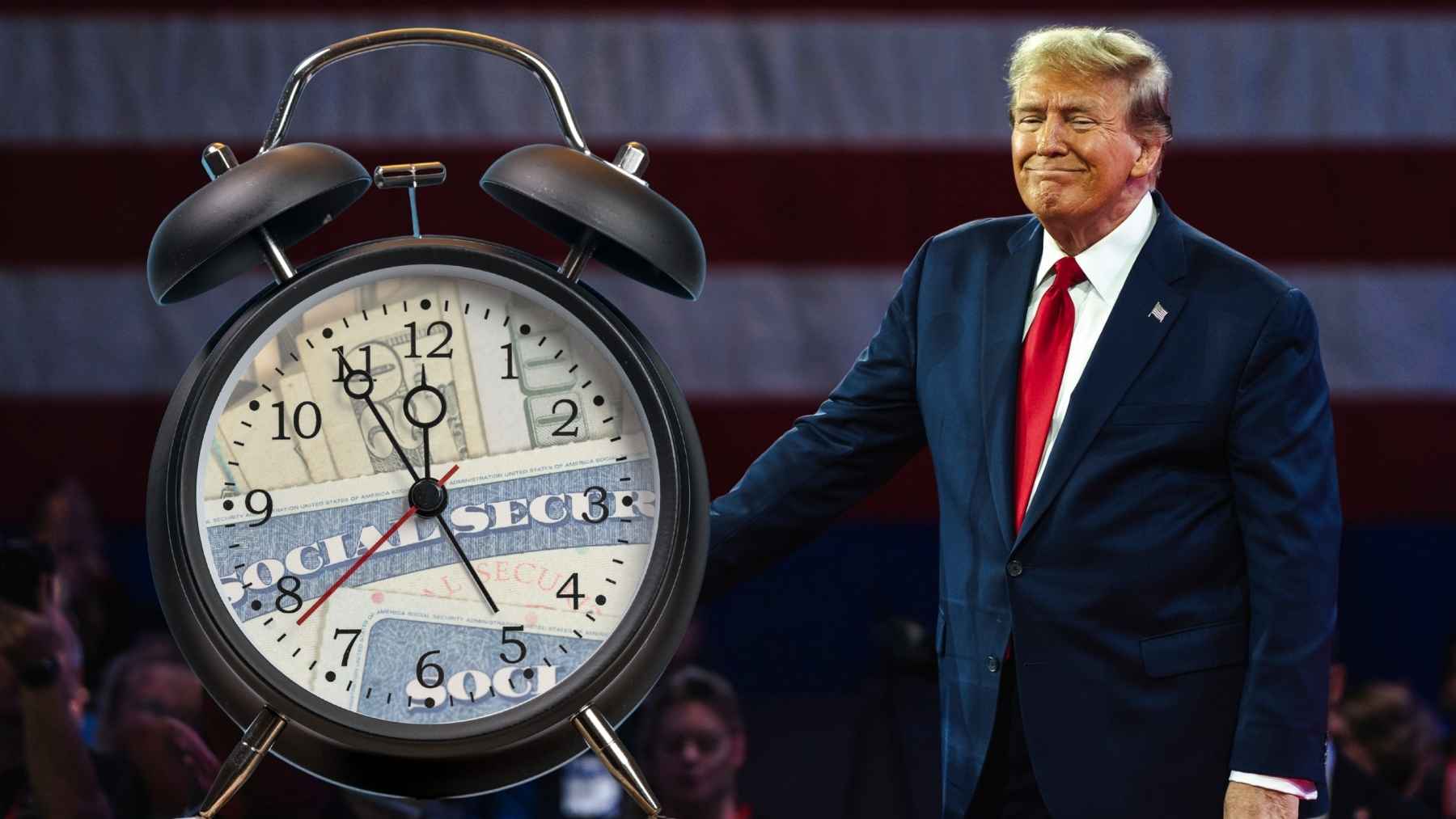Before the month ends, around half a million beneficiaries of the Social Security program will be required to make a change to their payment method for receiving their monthly benefit income. The announcement explaining that the Social Security Administration (SSA) will no longer issue paper checks as of September 30th was put out by the agency on July 14th. This decision has come about as part of a broader federal initiative to modernize all payments to and from America’s bank account as per a March 25th executive order issued by the White House.
Shifting payment methods away from paper based ones to electronic ones has long been in the works in the broader federal government. Simply put, electronic payment methods are far more efficient than any sort of paper based payment such as a mailed paper check or money order. The world at large has rapidly become digital and for many, especially the younger cohorts, electronic payments are likely easier and more efficient to navigate.
According to the SSA, more than 99% of beneficiaries already receive their monthly benefits electronically via direct deposit. The less than one percent of beneficiaries who still receives paper checks totals to around 500,000 people, and for some of these individuals, switching over payment methods may prove to be tough due to various factors, both external or internal.
What is this new government mandate about?
According to the July 14th update on the SSA’s official blog, “By moving to electronic payments exclusively, we aim to improve efficiency, security, and ensure beneficiaries receive their monthly benefits promptly.” As such, the agency has been actively encouraging paper check recipients to update their payment methods before September 30th when the executive order goes into effect.
The rationale behind this change is threefold according to the agency: speed and efficiency, cost savings, and enhanced security. Citing the U.S. department of Treasury, the agency noted that “issuing a paper check costs about 50 cents, whereas an EFT costs less than 15 cents. This shift could save the federal government millions of dollars annually.”
While electronic banking does also come with its fair share of risks, the risks associated with a mailed paper check appear to be significantly higher. “Historically, Department of the Treasury checks are 16 times more likely to be reported lost or stolen, returned undeliverable, or altered than an electronic funds transfer (EFT),” as per the executive order.
In a statement made in August, Treasury Secretary Scott Bessent stated the following: “Reducing paper checks has been a longstanding bipartisan goal that our administration is finally putting into action. Thanks to President Trump, this will help reduce fraud and theft. It will also remove delays that prevent hardworking Americans from receiving their vital payments.”
What should beneficiaries do?
The SSA currently has two electronic payment methods available to beneficiaries: Direct Deposit, and Direct Express Card. Beneficiaries should call their banks or a credit union to set up the direct deposit or Direct Express Card. Additionally, they should update their payment details online through their my Social Security accounts.
During a meeting with Sen. Elizabeth Warren in July, SSA Commissioner Frank Bisignano shared confirmation that paper checks would still be issued to beneficiaries who are unable to switch over their payment methods. If a beneficiary is unable to change over their payment method, a waiver will be granted to them under the following conditions, as per the Treasury’s GoDirect webpage:
- The check recipient is an individual to whom electronic payments would impose a hardship due to a mental impairment.
- The check recipient lives in a remote geographic location lacking the infrastructure to support electronic financial transactions.
- The check recipient is age 90 or above.

